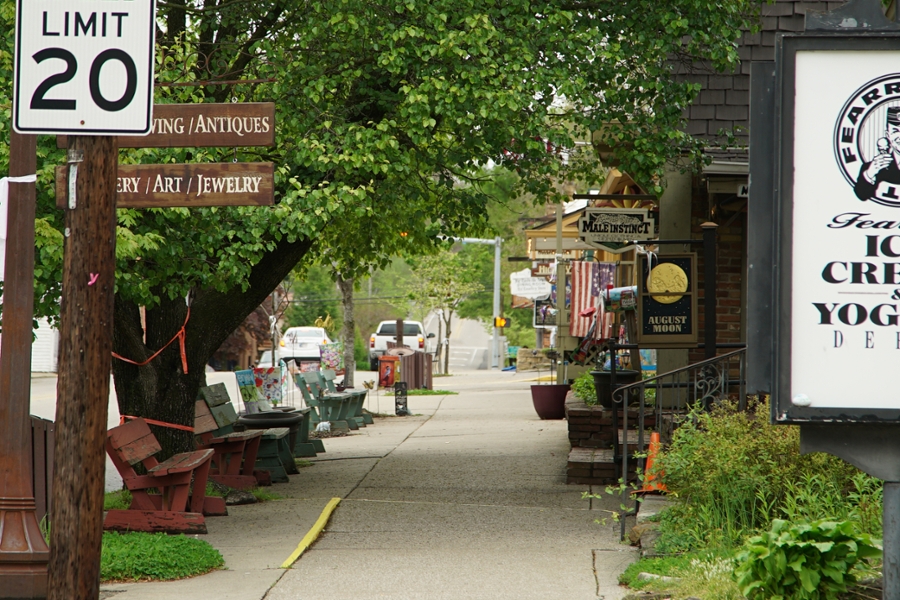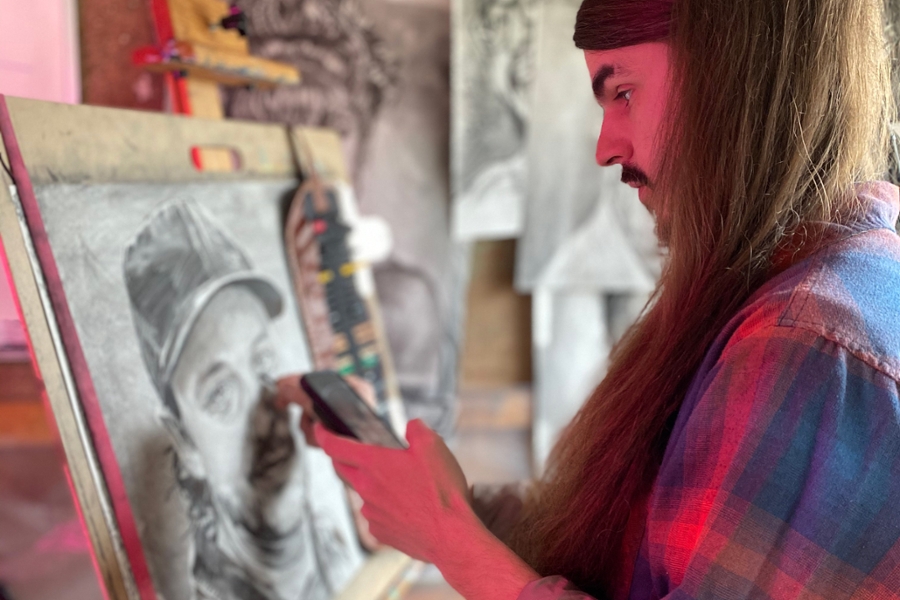Whether your New Year’s celebration this year came to bury 2018 or to praise it, there was a fair chance you took part in some liquid refreshment. And hopefully, for your sake and everyone else’s, your party didn’t end up with you staring down the barrel of a breathalyzer.
But way back on December 31, 1938, Indianapolis became the testing site for what would be the primary way to test blood alcohol content – at least for a time. All it took was a machine, some math and some birthday decorations.
A biochemist at Indiana University named Dr. Rolla N. Harger invented the “drunkometer” back in 1931 and patented it in 1936. Harger was a professor who specialized in chemical testing for intoxication. In 1938, he spent much of his time trying to make chemical intoxication tests permissible as evidence in court.
 Dr. Rolla Harger showing off his drunkometer device. (Photo: Trustees of Indiana University)
Dr. Rolla Harger showing off his drunkometer device. (Photo: Trustees of Indiana University)
According to his obituary in the New York Times, Harger was part of a National Safety Council subcommittee that “drafted a model act to legalize the use of evidence from chemical tests for intoxication and to set limits of body alcohol concentration for motorists. The act was incorporated into drunken driving laws nationwide.”
And on New Year’s Eve later that year, his drunkometer device was put through its paces.
When a police officer stopped a person suspected of driving under the influence, that person would blow into a balloon. Then, the captured air was mixed with a chemical solution. If the color changed, that was a clear indication of alcohol present in the person’s bloodstream. The darker the color, the more alcohol in their system. From there, the process took a little math.
According to Wired, “the level of alcohol in the person’s bloodstream was estimated using a mathematical formula, which Harger also developed. As he pushed for his patent, Harger also pushed to outlaw drunk driving, which, in the wake of Prohibition’s end, was becoming more than a nuisance.”
 This diagram of the original diagram was appraised for $300 by Country Living in 2013. (Photo: Huffington Post)
This diagram of the original diagram was appraised for $300 by Country Living in 2013. (Photo: Huffington Post)
As the drunkometer was used across the country, Harger kept up his work studying intoxication. In 1948, he started teaching breath alcohol testing courses alongside other professors, including Dr. Robert F. Borkenstein.
A lab technician with the Indiana State Police at the time, Borkenstein would go on to invent the breathalyzer in 1954, the device (albeit now a much smaller version) used to measure blood alcohol content today.
It wouldn’t take too long for the breathalyzer to replace the drunkometer as the primary method for measuring alcohol levels. It was much more portable, and the readout on the device meant the equation wasn’t necessary. But all those balloons and equations were essential to laying the foundation for keeping impaired drivers off the road.
Courses inspired by Borkenstein’s work are still being taught at IU for professionals who work in the field of blood alcohol measurement.
Featured photo courtesy of Gizmodo.




